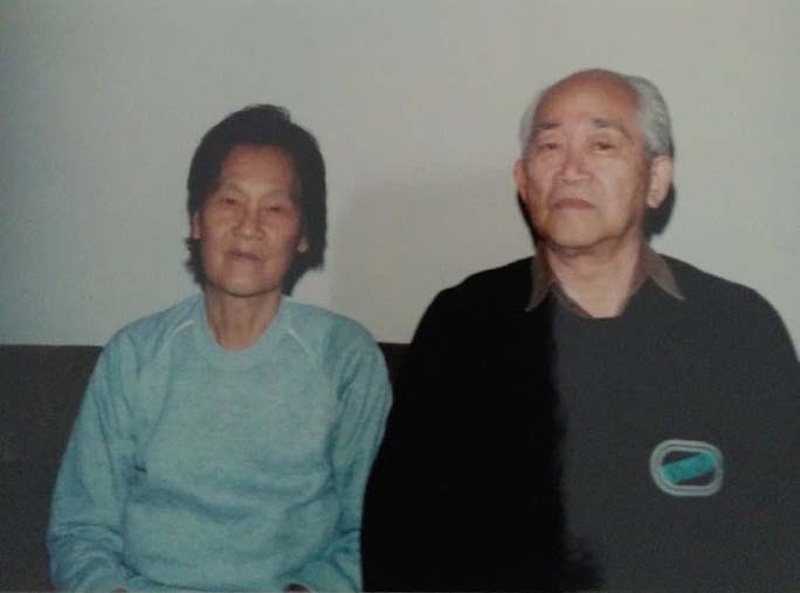Even though I was still a child, I easily came to this conclusion: my maternal grandparents' house was so different from the others I knew – until then – that, when I was in it, it was as if I were on another plane.
And there were several reasons for this impression:
The adults – my grandparents, my parents and my uncles – only spoke to each other in Japanese. My ditchan 's newspapers and books were all written in Japanese. The musicals that my batchan watched were also Japanese. The decorations scattered around the house – vases, pictures and dolls – were from Japan. My cousins' toys and tastes were also Japanese. And, most importantly: for breakfast, lunch and dinner, the food was all Japanese.
My batchan , an excellent cook, made the most diverse dishes. And I, good with a fork – and chopsticks – that I am, ate everything they put in front of me; even without having the slightest idea of what I was chewing and, most importantly, what the name of what I was chewing would be.
Of course, this put me in situations that, for me, were surprising. Like when I once felt gills attach to the roof of my mouth and I discovered that what I was chewing on was a small octopus tentacle.
Another curious moment was the time I was at the beach with my uncles and they asked us, children and nephews, to pick up all the shells that were still closed, with the mollusk still inside, and put them in a bucket. It was on that day that I discovered what one of batchan 's special stews was made of.
My funniest memory was the time one of my cousins took a piece of daikon and put it, without me noticing, in the pocket of my shorts. Because I still didn't know this vegetable, I was quite taken aback by the strong smell that started to haunt me. When I discovered what it was, my cousins laughed a lot. But they also got scolded for playing with food.
And that's how this part of my palate was formed: a rich palette of oriental flavors. I owe all of this, mainly, to my batchan – because, of course, my mother, my aunts and my other grandmother also taught me a lot.
Unfortunately, as I was never a good cook, I don't know how to make almost any Japanese cuisine. But, fortunately, as I live in Liberdade, in São Paulo, I have the possibility of finding some of the flavors of my childhood in some corners of this neighborhood. So, without realizing it, I ended up creating an affective map of my taste.
When I'm surprised to find dishes that taste very similar to those in my batchan (the flavor of inarizushi from a grocery store, the seasoning of sukiyaki from a restaurant and the tempura ingredients from a market stall), my map gains another xis. And the grocery store and the restaurant and the market stall, another regular customer.
The ingredient that I have had the most difficulty finding is miso . Just like batchan , it seems to me, it's going to be difficult.
But what I miss most about my palate is their bean sweet, amanatoo ; which is extremely difficult to prepare – it is not for everyone. The ones I find out there don't even come close to yours.
Anyway, I needed to make this map, because, unfortunately, age has arrived for batchan . Over time, she stopped cooking. Today, it has been five years since she passed away.
We – children, grandchildren and great-grandchildren – are sure that she is in the best possible plan. And what plan would that be, dear reader? Of course we don't know. We're just sure that this place is now much tastier with her there.
Miss you, batchan !
© 2017 Hudson Okada
Nima-kai Favorites
Each article submitted to this Nikkei Chronicles special series was eligible for selection as the community favorite. Thank you to everyone who voted!












